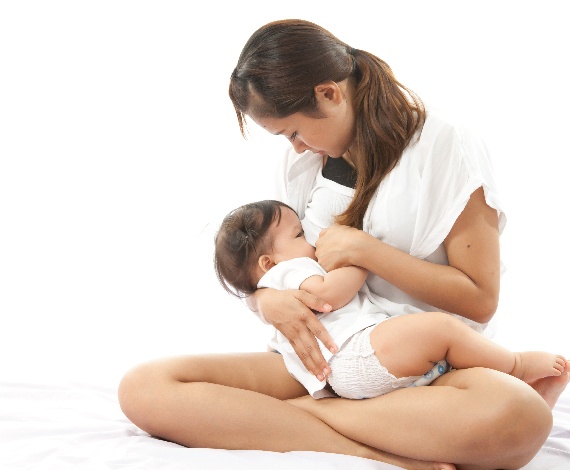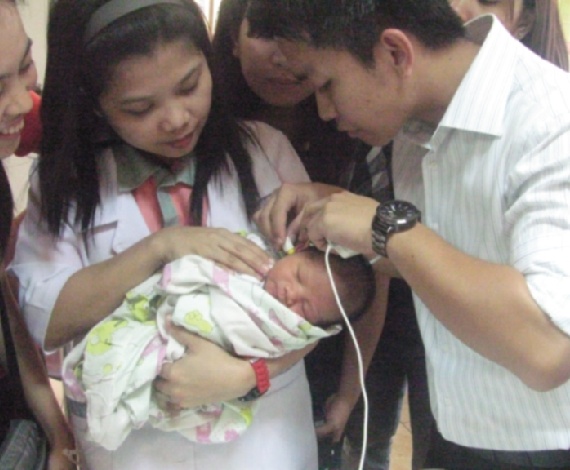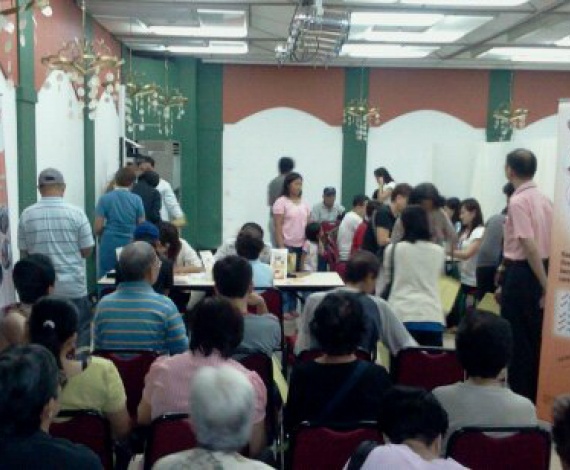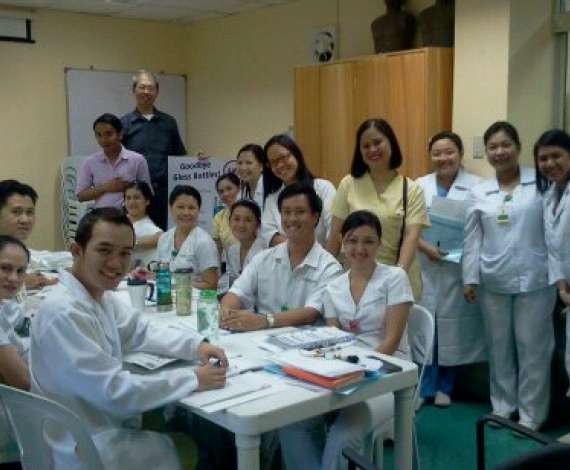Advocacies

Healthy Mother, Healthy Child.
We as well mind every Mother’s health.
According to World Health Organization, maternal health refers to the health of women during pregnancy, childbirth and the postpartum period. While motherhood is often a positive and fulfilling experience, for too many women it is associated with suffering, ill-health and even death. Hemorrhage, infection, high blood pressure, unsafe abortion and obstructed labor are some major direct causes of maternal morbidity and mortality.
RTI International researchers study pressing issues that influence the physical, social, and emotional well-being of women. The Bill & Melinda Gates Foundation has funded a framework that will enable the global community to compare the potential of a portfolio of maternal and neonatal technologies to save lives in low-resource settings. MANDATE is creating a model that will have broad appeal to inventors, investors, donors, and researchers aspiring to use technology to maximize maternal and neonatal lives saved. Specifically, MANDATE is developing a framework to enable the global community to compare the potential of new and existing technologies to save lives in these settings and to provide informed product profiles that address conditions of high potential impact and reflect user preferences, operating environment, and other parameters to guide development.
We as distributor of globally medical technology solutions in the Philippines only aspire for a better pregnancy, delivery and postpartum stage of a mother. Wellness PRO is one on promoting maternal healthcare which somehow alleviate them. As we, in some way linked with the advocacies and programs best way or tool to help and provide mother’s condition in giving birth, we somehow gratified imparting our endeavor to mother and child.

We like babies.
Wellness PRO plays a part in neonates’ condition from the moment they were carried, delivered by their mothers up until the stage of being well, fit and healthy. Welcoming a new life from a mother’s womb is beyond belief that it is our responsibility to guide, give quality care, and offer within one’s means.
According to Healthy Children by American Academy of Pediatrics some physical condition are especially common during the first couple of weeks after birth. Problems which commonly encountered by newborns are abdominal distention, birth injuries, blue baby, coughing, excessive crying, forceps marks, jaundice, lethargy and sleepiness and respiratory distress.
Based on the State of the World’s Children 2009 report of the United Nations Children’s Fund (UNICEF), the Philippines is among 68 countries, which contributed to 97 percent of maternal, neonatal, and child health deaths worldwide. Statistics also show that almost half of the deaths of Filipino children under five years old are within the first 28 days of life. According to UNICEF, complications in childbirth are brought by hemorrhage, sepsis, hypertension, and abortive outcomes, which are actually preventable. Due to these reasons, monitoring, and evaluation (M&E) system in health programs play a crucial role in addressing the issue of maternal, newborn and child health and nutrition (MNCHN) for the Philippines to achieve Millennium Development Goals 4 (Reduce child mortality). This paper identifies and discusses currently available data used to monitor the potential and actual effects of Philippine government policies on maternal, newborn and child health and nutrition (MNCHN) status. In addition, recommendations will be made on how to better meet the data needs for timely analyses of the effects of policy on Filipino mothers and their children. The paper also identifies critical gaps in MNCHN services and suggests a set of priorities for action to extend. The quality of care that both mother and newborn receive during pregnancy, at delivery, and in the early postnatal period is essential to ensuring women remain healthy and that children get a strong start. Many stillbirths and newborn deaths could be averted if more women were in good health, well-nourished, and receiving quality care during pregnancy, labor, and delivery, and if both mother and newborn received appropriate care in the postpartum period.

AN OUNCE OF PREVENTION IS BETTER THAN A POUND OF CURE...
We educate, we engage, we empower patients with health information.
A way of giving enough bits of accommodating information and raising awareness jointly as one purposely for a better education, engagement, and empowerment to the patients in need of better medical solutions is a commitment from Wellness PRO to provide a worthy service and training with quality products and reasonably priced. With the eminence given by the products introduced by Wellness PRO, the responsible stakeholders who have control over health care may take over and help the end users in terms of giving not just options but the ideal solutions for their specific concerns.
Another point from Health system reform is on the agenda in Australia, across Europe and North America and elsewhere. Reform is being driven by attempts to meet ever increasing health service demands in the face of cost containment pressures. There is little agreement concerning the preferred features of health funding models. A micro-economic framework is used to define universal performance characteristics for optimal health funding arrangements. Two principle requirements emerge. These are demand side reform to empower consumers and supply side reform, to promote opportunities and incentives for a responsive service system and competition amongst providers. A focus on supply side issues only, without recognition of the fundamental importance of consumer empowerment will fail to promote an efficient solution to the distribution of health resources. Mechanisms to promote active consumer involvement in health care decisions are identified as a central requirement in health system reform.
To be able to partake in patient empowerment is not just giving a factor that could give ease to them but a package which will consider and bring them to an effusive awareness, assistance and solution methods.

Having been patients ourselves.
We as well mind Cross Infection.
Health-care waste management is a very important part of hospital hygiene and infection control that should be consider as a reservoir of pathogenic control which can cause contamination and infection. In a health-care facility, the sources of infection and of the foregoing contamination may be the personnel, the patients, or the inanimate environment. Infections which can be acquired in the hospital or the so called nosocomial infections are infections that are not present in the patient at a time of admission in hospitals but develop throughout the stay in the hospital. There are two types of nosocomial which bring high risk to the patients. Endogenous infection, self-infection, or auto-infection is present at the time of admission to hospital but there are no signs of infection. It develops during the stay in hospital as a result of the patient’s permuted resistance. The other type is the cross-contamination followed by cross-infection. The causative agent of the infection is present in the patient during the stay in hospital which comes into contact with new infective agents, becomes contaminated, and afterward develops an infection. While there’s no clinically difference between the endogenous self-infection and the exogenous cross-infection, the variation is imperative from the standpoint of epidemiology and prevention.
In October 2010 the Australian Guidelines for the Prevention and Control of Infection in Healthcare were released by the National Health and Medical Research Council (NHMRC), to establish a nationally accepted approach to infection prevention and control. The guidelines provide evidence based on which healthcare workers and healthcare facilities can develop detailed protocols and processes for infection prevention and control that are appropriate for their specific situation. The underpinning risk-management framework ensures the basic principles of infection prevention and control can be applied to a wide range of healthcare settings, including primary care and rural and remote centers.
As part of the National HAI Prevention Program NHMRC was asked to develop national guidelines that would provide a coordinated approach to the prevention and management of healthcare associated infection (HAI). The NHMRC appointed an expert group to guide the development process. The guidelines are based on the best available evidence. They build on exisiting guidelines and reviews, as well as systematic reviews of the evidence.
As Wellness PRO aiding people from preventing healthcare- associated infection which patients get while receiving treatment for medical or surgical conditions or is contracted from the environment or staff of a healthcare facility, it is provided that there is an apt action with this kind of situation that is partly on Wellness PRO accountability in terms of providing solutions to such infections. Being in lined with a medical technology solutions provider to an institution, we are also in line of transporting infected patients as they deserve a practical and holistic treatment to a state of being free from infection.
